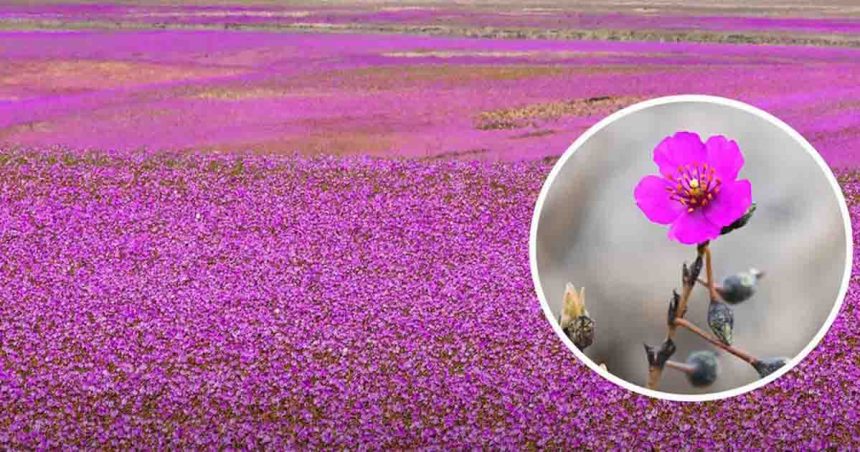The Atacama Desert: A Dazzling Winter Bloom
The Atacama Desert, famously known as the driest place on Earth, has left scientists and visitors in awe with a rare winter bloom. This unexpected event has transformed the typically barren landscape into a colorful tapestry, a sight that has not been witnessed in over a decade.
An Unusual Phenomenon: The Winter Bloom
For the first time in ten years, the Atacama Desert has witnessed a significant flowering event during winter. This phenomenon, often referred to as the “flowering desert” or “desierto florido,” usually occurs in the spring following winter rains. However, a unique combination of weather conditions has triggered this early bloom.
Unprecedented Weather Patterns
The bloom was sparked by 0.4 inches (11 millimeters) of rainfall in mid-April, accompanied by the local morning fog known as “camanchaca.” This mix provided just enough moisture to awaken dormant seeds that can lie dormant for up to 15 years. This extraordinary event has blanketed an area between 115 and 155 square miles of the Atacama Desert (300 to 400 square kilometers) with vibrant flowers, particularly the striking fuchsia-colored “pata de guanaco” (Cistanthe grandiflora) and the white “sighs of the field” (Nolana baccata).
The Influence of El Niño
El Niño, a climate phenomenon marked by warmer ocean temperatures in the Pacific, plays a crucial role in the precipitation patterns in Chile. During strong El Niño years, increased rainfall can lead to significant blooming events in the Atacama Desert. This year’s early rains have been linked to such conditions, though the exact strength and duration of El Niño remain uncertain.
Potential for Future Blooms
According to NOAA, current ENSO-neutral conditions are likely to transition to La Niña soon. This shift could mean a return to drier weather, decreasing the chances of a substantial bloom in the Atacama Desert. Francisco Squeo from the Institute of Ecology and Biodiversity (IEB) suggests that if La Niña arrives promptly, the flower patches seen blooming this winter may be the last for this decade.
While the rare bloom offers a breathtaking display, it also presents ecological challenges. Pollinators such as bees, moths, and beetles may not match the plants’ flowering speed, potentially affecting the regeneration of plant species. Many plants in the desert have developed self-pollination mechanisms as a backup, but this process can reduce overall seed production.
The persisting occurrence of abnormal events due to climate change could have lasting effects on the desert’s biodiversity. Inadequate pollination from increased blooms might deplete the seed bank, making the desert susceptible to invasive species and diminishing its floral diversity.
Despite the harsh conditions, the Atacama Desert’s seed bank remains a testament to nature’s resilience. The seeds’ ability to lie dormant for years and then burst into life with minimal moisture showcases life’s adaptability in extreme environments.
The rare winter bloom in the Atacama Desert serves as a striking reminder of nature’s delicate balance and the profound impact of climate phenomena like El Niño. While this bloom captures attention and curiosity, it also underscores the challenges ecosystems face in adapting to changing environmental conditions. As visitors flock to witness this extraordinary event, the importance of preserving such unique natural wonders becomes increasingly evident.
Sources: Live Science, Reuters, Britannica.






